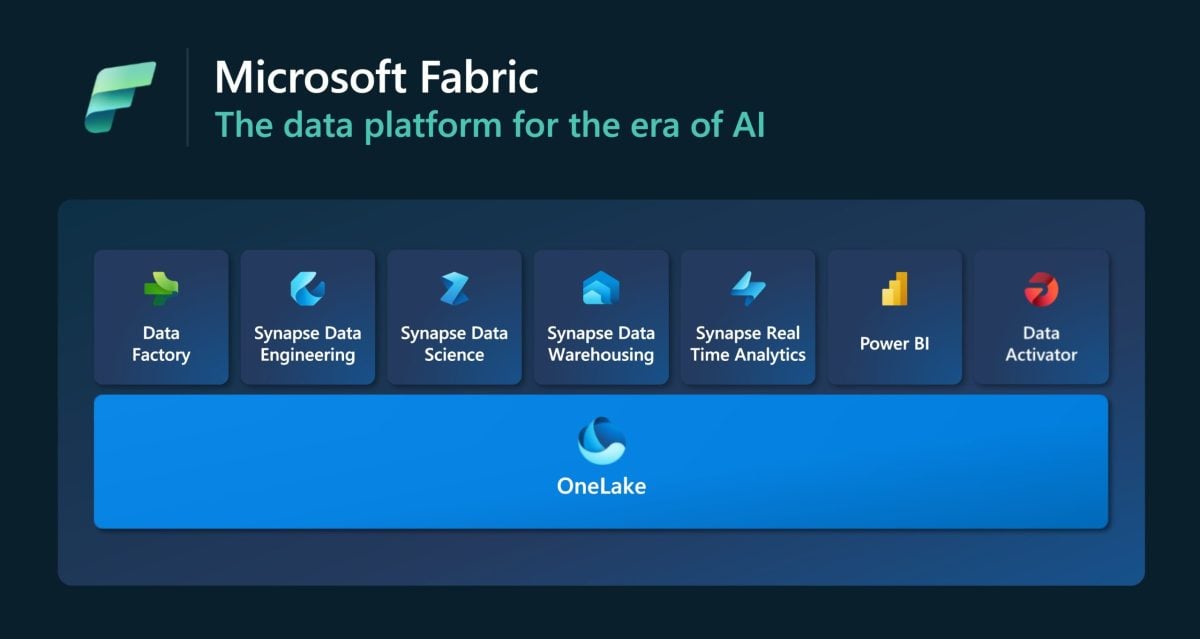Distributed Systems Platforms Compared: Microsoft Service Fabric vs. Kubernetes”
Distributed systems are becoming increasingly popular as businesses look to scale their applications and improve their performance. Two of the most popular distributed systems platforms are Microsoft Fabric and Kubernetes.
Microsoft Fabric
Microsoft Fabric is a platform for building and managing distributed applications. It provides a number of features that make it well-suited for building scalable and resilient applications, such as:
- A service mesh: The service mesh provides a way to manage communication between services in a distributed application.
- Load balancing: Microsoft Fabric provides a number of load balancing options to ensure that your application is always available.
- Health checks: Microsoft Fabric can automatically check the health of your services and take corrective action if they are not healthy.
- Autoscaling: Microsoft Fabric can automatically scale your application up or down based on demand.
https://synapsefabric.com/2023/08/10/7-notable-alternatives-to-microsoft-azure-service-fabric/
Kubernetes
Kubernetes is an open source platform for automating deployment, scaling, and management of containerized applications. It is a popular choice for building and managing distributed applications because it is flexible, scalable, and reliable.
Kubernetes provides a number of features that make it a good choice for distributed systems, such as:
- A container orchestration system: Kubernetes provides a way to deploy and manage containerized applications.
- A service discovery system: Kubernetes can automatically discover and connect services in a distributed application.
- Load balancing: Kubernetes can automatically load balance traffic between pods in a distributed application.
- Health checks: Kubernetes can automatically check the health of pods in a distributed application and take corrective action if they are not healthy.
- Autoscaling: Kubernetes can automatically scale pods in a distributed application up or down based on demand.
Comparison of Microsoft Fabric and Kubernetes
| Feature | Microsoft Fabric | Kubernetes |
|---|---|---|
| Platform type | Closed source | Open source |
| Cost | Paid | Free |
| Maturity | Mature | Young |
| Flexibility | Less flexible | More flexible |
| Support | Good support from Microsoft | Excellent support from the community |
| Ease of use | Easy to use for developers familiar with the Microsoft stack | More complex to learn and use |
| Use cases | Well-suited for enterprise applications | Can be used for a wide variety of applications |
| Popularity | Less popular than Kubernetes | More popular than Microsoft Fabric |
Which Platform is Right for You?
The best platform for you will depend on your specific needs and requirements. If you are looking for a mature platform with a wide range of features that is well-suited for enterprise applications, then Microsoft Fabric may be a good choice for you. If you are looking for a flexible and open source platform that is widely supported and has a large community, then Kubernetes may be a better choice for you.






